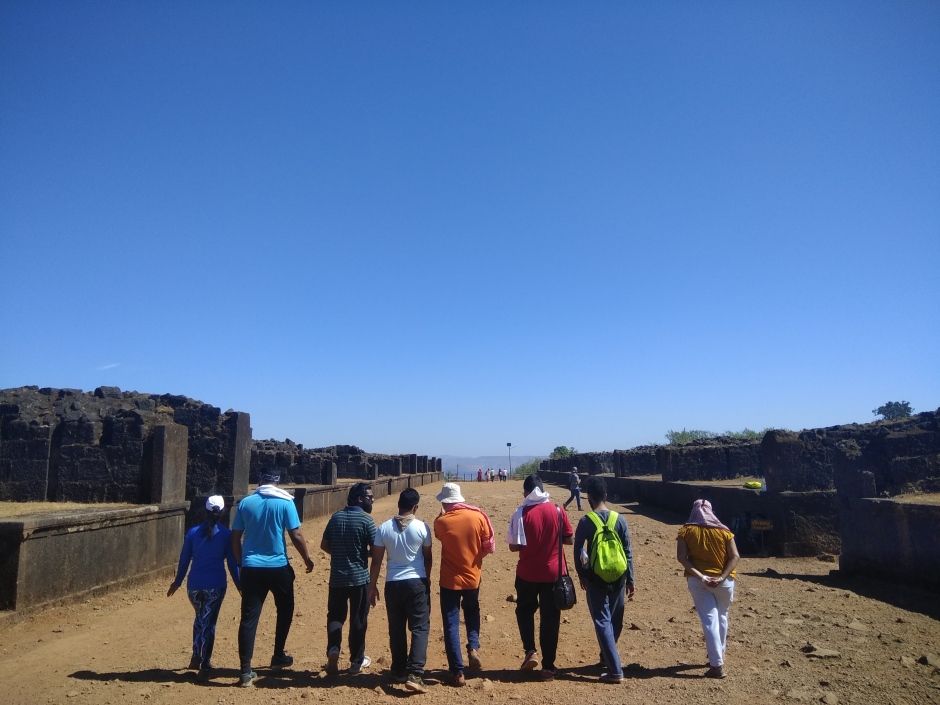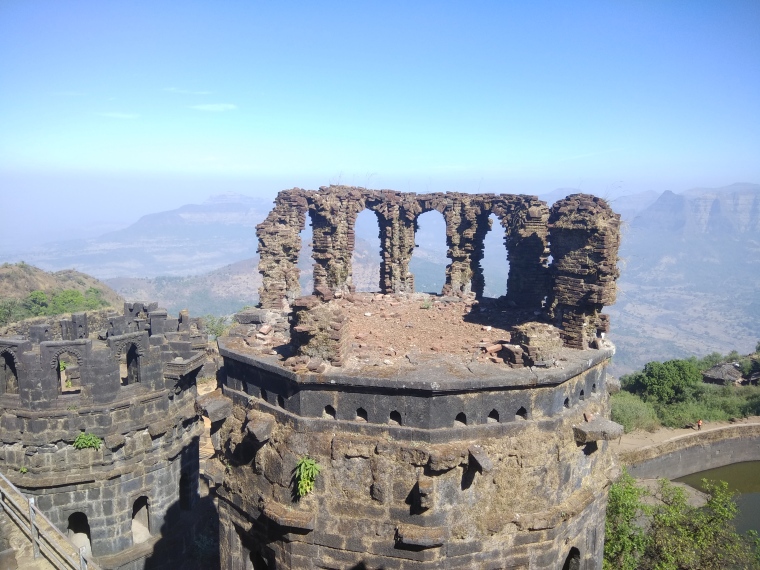When you pick up a newspaper to read or flip through news channels, the process of churning out the words you see might not seem very obvious. However, if you look closely, you will notice that it is not that difficult to understand the source of the news you are consuming. Sometimes, it is blatant and in your face, while at other instances, it might be camouflaged — nonetheless, here are a few pointers that might help you understand news sources and the challenges they come riddled with.
Reports and statistics
More often than not, statistical news stories are based on research reports of certain private, non-profit or government organisations. These articles belong to news categories like education, civic, environment, health and crime. It is very easy to spot these — the name of the organisation will be clearly mentioned along with at least one quote from a spokesperson associated with the research. To give the article some depth, the reporter is likely to have a few more experts speaking about the findings. They may also include similar reports to give a balanced, well-researched feel to the article. Usually, such stories have the same basic statistics as these reports are sent out to all news organisations. The challenge for the reporter here is to get a unique story from the data that is available to many of their peers.
Legal hassles
A legal reporter usually has all possible Indian Penal Code sections and courtroom details memorised. They repeatedly go through websites to keep tabs on the online release of order papers of interesting cases. This is one of their biggest sources. However, how to know which case is worth writing on? Apart from attending hearings and hanging out on court premises, they keep in touch with lawyers. A regular legal copy includes judgement notes and lawyer quotes. In case the latter is present, a good guess is that the lawyer was the source. However, there is no guarantee of the same. Another source of legal stories are the crime and civic stories (and reporters) — so the legal story is essentially a follow-up. Remember, the news never happens in isolation. One of the biggest challenges for legal reporters is that its difficult for them to churn out stories from different courtrooms at the same time and sometimes they have to take the word of those who were present, in their absence, and be sure to not make a mistake for it would be a blunder to misquote a judge.
Crime and lives
Police personnel have perhaps always been a source of crime stories. This practice has two functional uses — people come to know about the wrong happenings in their neighbourhood and that their faith in the system stays put. With social media, crime stories have become slightly easier to find. However, the person behind the message or post in question may not be trustworthy. Here, the identity of the people involved in the crime also comes into the picture, which has to be kept hidden by the traditional media, according to the ethics that govern their working. Every reporter knows that they must verify the information through multiple sources before they take a story forward. However, the need to be the first to break the story is definitely a greater challenge as the source in this case too has the power to tell their story firsthand. Yes, that could be you. Remember to use it well, okay?

Jagruti Verma
With a little experience of feature writing and subbing on her resume, Jagruti strives to get better with each piece of writing she works on. You can connect with her on Twitter at @JagrutiVerma




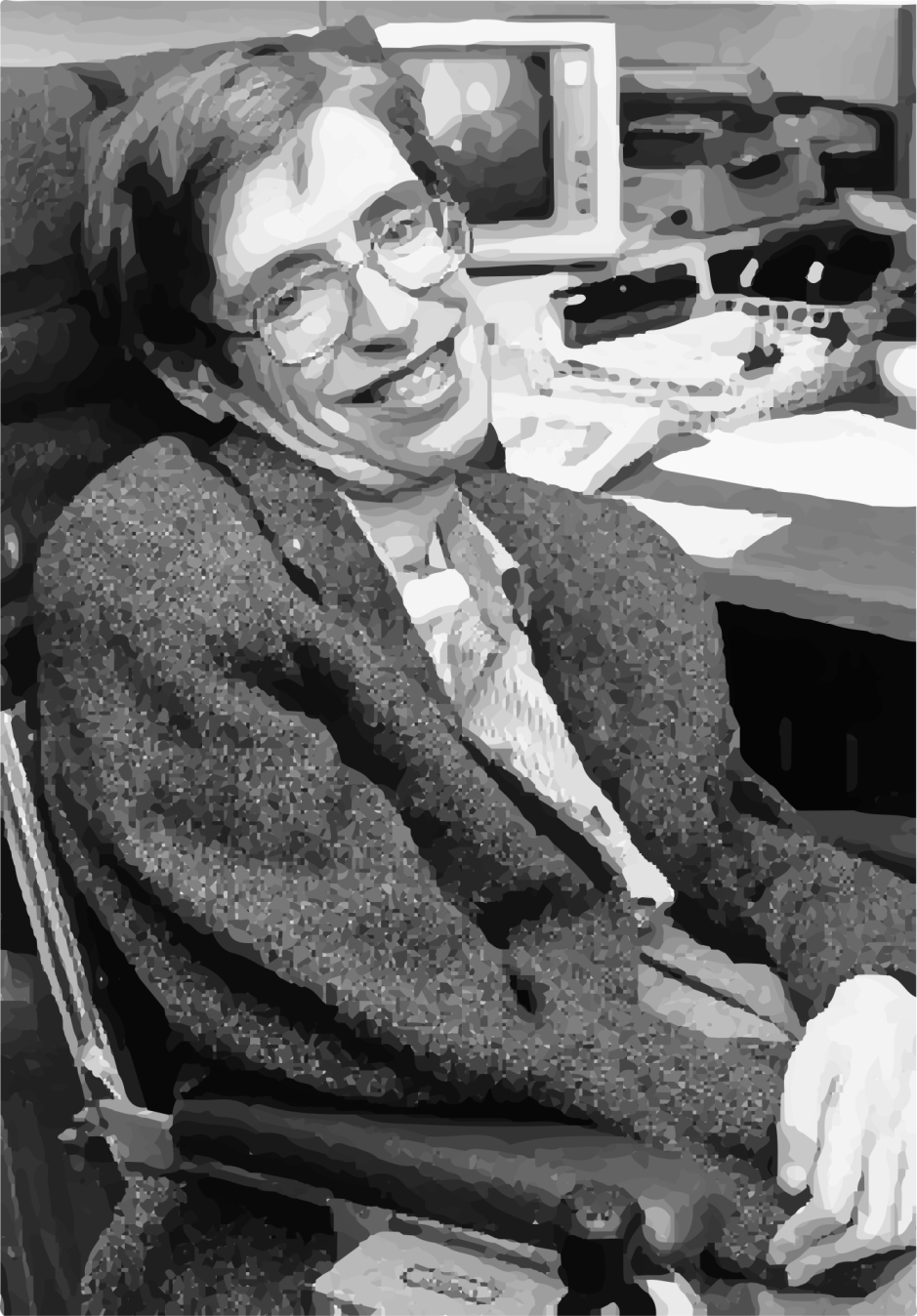



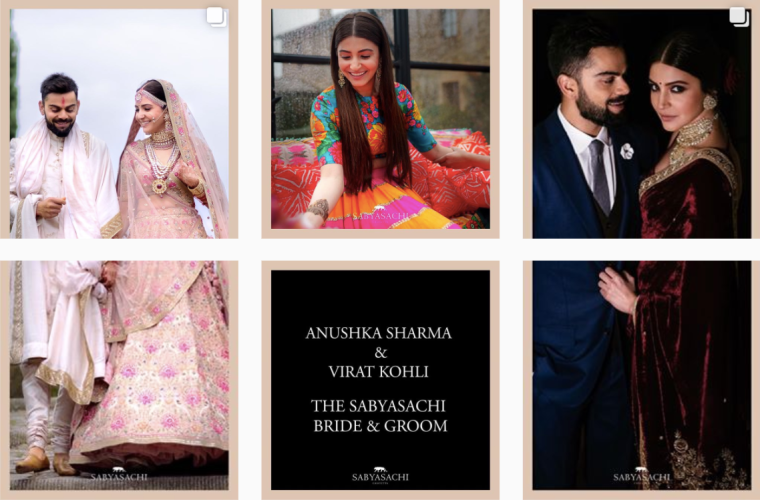




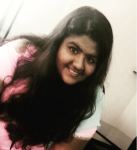

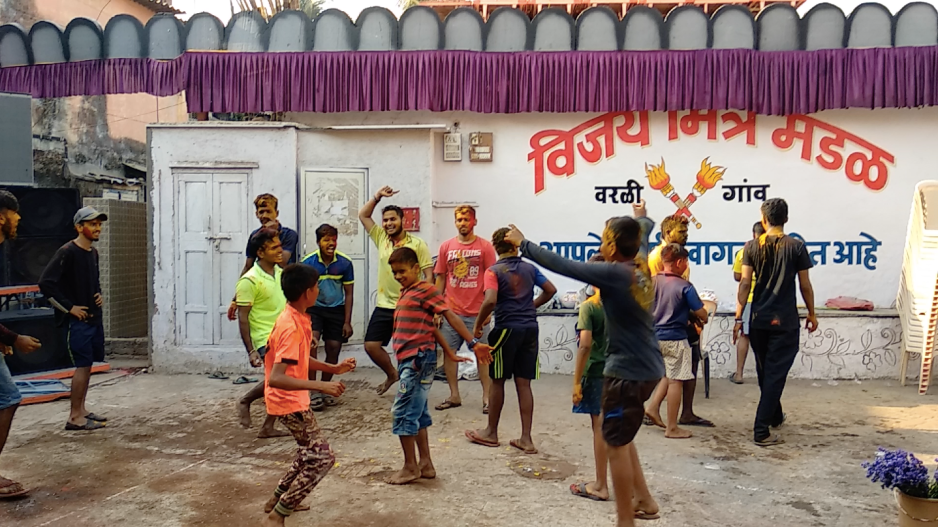
 Nishant Nirvana
Nishant Nirvana





